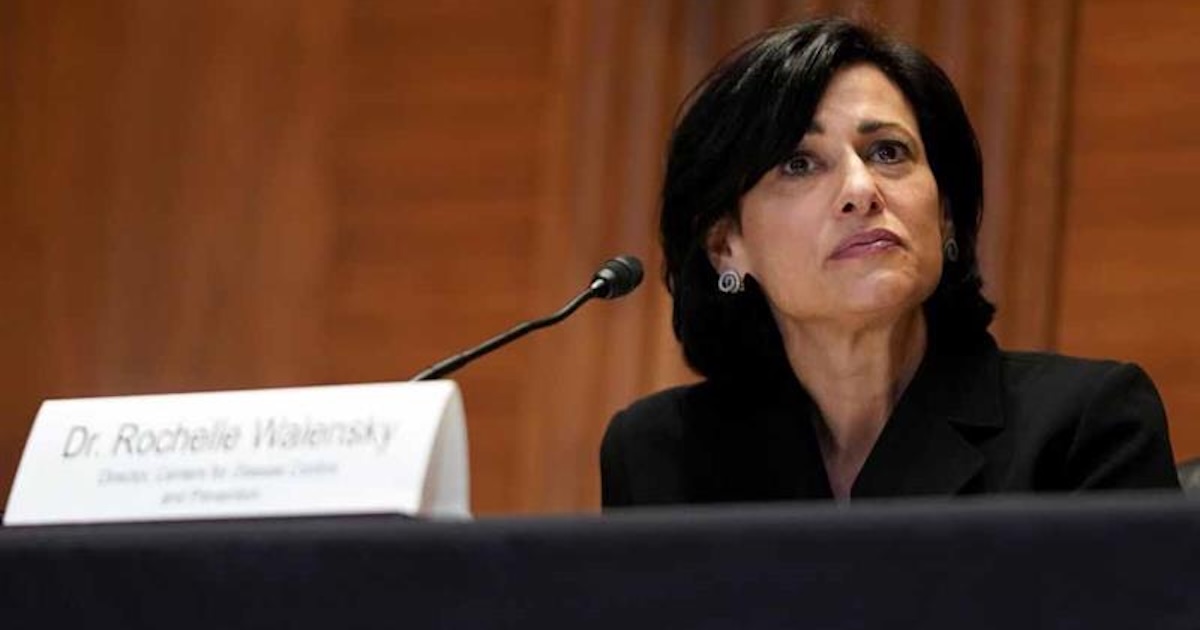The Institute for Health Technology Transformation is a New York-based organization "committed to bringing together private and public sector leaders fostering the growth and effective use of technology across the healthcare industry." This is done through research projects, webinars and a series of conferences held in key locations throughout the country each year.
mHealth and telehealth play a significant role in IHT2's agenda. Among the featured speakers at recent conferences were Erin Denholm and Naomi Fried. Transcripts of IHT2 interviews with both are featured below.
Naomi Fried is the chief innovation officer at Boston Children's Hospital and a frequent guest speaker at national mHealth and telehealth events. She was featured at the IHT2 Health IT Summit in Boston on May 7-8 in Boston.
Q: Boston’s Children’s Hospital is currently building the Innovation Acceleration Program; what are the primary goals and intended benefits of this initiative?
A: The goal of our program is to enhance the culture of innovation and to accelerate the pace of clinical innovation at Boston Children’s. We do this by identifying unmet innovation needs and catalyzing work in those areas, facilitating grassroots innovation by helping innovators test and develop new ideas, and supporting strategic institutional innovation initiatives. Telehealth is one our current institutional priorities and my team is leading the strategy in that area.
Q: What are the key strategies that providers should use to analyze the efficacy of a mobile initiative?
A: When we select a mobile initiative to work on or invest in, we are looking for solutions that will help us achieve more efficient and effective care delivery. We are focused on solutions that help the clinicians do their jobs more easily and save them time. We are also interested in mobile solutions that enhance patients’ experience when receiving care.
Q: Is there a specific methodology that is used to measure the value of innovation programs at Boston Children’s Hospital?
A: We take a process approach to evaluating our innovation program, using the innovation lifecycle as a framework. We look at how many projects have been started and moved through ideation. We track the number and success of pilot projects we launch. And finally, we examine how many projects have successfully crossed the “operationalization gap” or “o-gap.” We also look at the value individual projects bring to the organization in terms of their direct impact on the quality of care, the cost of care, and the patient and provider experience.
Q: Innovation can be perceived as a scary and expensive concept for many organizations. Are there steps that providers can take to foster a culture of innovation?
A: One of the easiest and cheapest ways to build an innovation culture is by supporting the creation of a community of innovators. It doesn’t take much investment to create forums and communities where innovators can share and learn from each other. Boston Children’s has several overlapping innovation communities. In addition to our monthly Innovators’ Forum, we have built and support the Mobile Apps Working Group to support innovators who share an interest in developing new mobile apps. We also have an internal social networking platform, SPARC, to support our innovation community’s virtual connections and collaborations.
Q: As a chief innovation officer, what are some of your top priorities at Boston Children’s Hospital?
A: We have two very exciting programs to support and nurture grassroots innovation and a major institutional innovation initiative. One is our Innovestment seed fund, where we competitively award funding to innovators to test new ideas that will enhance clinical care. For innovators who would like to develop new clinical software solutions or mobile apps, we have the FastTrack Innovation in Technology (FIT) Award. When an innovator wins a FIT award they don’t get money, but rather time with developers who will work with them to build a software prototype that can be tested in the clinical environment. Both of these programs have been running for a while, so we have projects that are just starting, projects in the pilot phase and pilots that have been completed and are moving across the o-gap. My team helps support these projects at every stage of the lifecycle. My top institutional innovation initiative is developing and driving the creation of our telehealth program.
Q: How are mobile apps benefiting patients and clinicians along with improving the quality?
A: Mobile apps in the hospital setting offer tremendous benefit to clinicians. They can help doctors and nurses access and manage the myriad of data needed to care for patients daily The ability to untether from a fixed computer also enhances the workflow of busy hospital clinicians. BEAPPER is a mobile app built at Boston Children’s for our emergency department to help clinicians communicate more effectively and to get test results back more quickly.
Our patients are also benefiting from our innovative mobile apps. MyPassport is a mobile app that gives admitted patients access to their test results, helps them identify the members of their care team, and facilitates communication with their providers.
Erin Denholm, MSN, RN, pioneered the use of telehealth technology in reducing emergency room visits and adverse outcomes among heart failure patients in Colorado and led the successful legislative effort to make Colorado the first state in the country to provide Medicaid funding for telehealth services. The CEO of Denver-based Centura Health at Home and a Robert Wood Johnson Nurse Executive Fellow was a featured speaker at the IHT2 Health IT Summit in Denver, held July 24-25.
Q: Can you please provide a brief background of Centura Health at Home and your role as CEO?
A: Centura Health is the largest healthcare system in the state of Colorado. Faith-based (and) non-profit, it is sponsored by Catholic Health Initiatives and the Adventist Health System. Centura Health has 15 hospitals and a physician organization with more than 400 physicians. Centura Health at Home is the post-acute care division of Centura Health, with six senior living properties, five home care agencies, four hospices, palliative care and a call center. (I have) been overseeing the post acute care division for 18 years as CEO, and was promoted in July to the corporate office to serve as SVP of clinical transformation. (I) will continue to support post acute care and also create care coordination across the continuum, support the virtual resource center and collaborate in developing innovative models of care.
Q: What are the key challenges and obstacles to integrating a telehealth program?
A: The challenges are categorically twofold – vendor selection and adoption process. First, selecting the correct vendor for the purpose and vision that has been developed is critical. Technical attributes as well as organizational cultural fit are paramount for addressing dissemination of innovation programs.
Secondly, the adoption rate for providers as well as patients can be challenging. Patients and their families are actually more explicit, as programming naturally includes education and training. Physicians and nurses are definitely more challenging and at times it is only when evaluating the program that problems are discerned.
Q: You successfully led the legislative effort to make Colorado the first state in the country to provide Medicaid funding for telehealth services. Can you please share more about this effort – the struggles you faced, the opportunities that have come because of this, etc.?
A: The process of creating a bill, getting bipartisan sponsorship, bipartisan support in committee and then getting a telehealth bill to the floor for a vote occurred with lightning speed. The case was compelling and clear – providing improved quality of care while spending less dollars (taxpayer dollars). All politicians wanted to be part of such a bill. That said, the struggle then went to the promulgation of the rules and regulations, which became so entangled in bureaucratic process that it wasn’t until 2012 that the first visit was paid for.
For more information about the Institute for Health Technology Transformation or to learn about this week's conference in Seattle, visit here.


